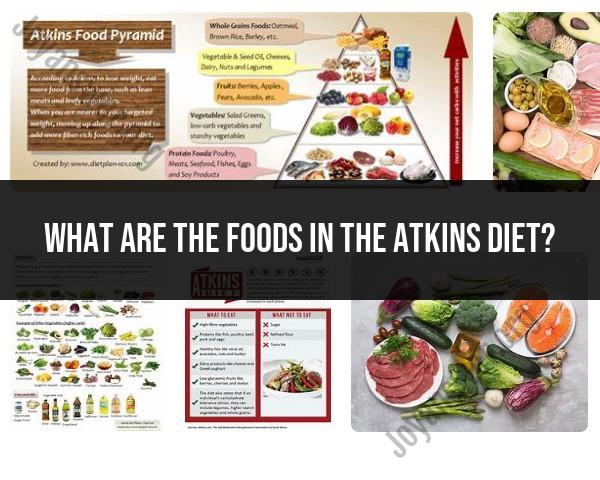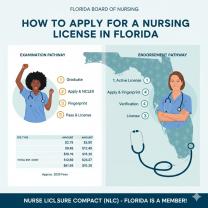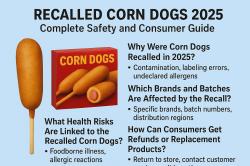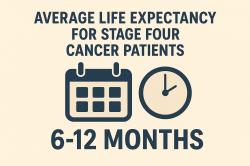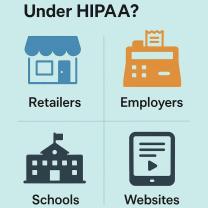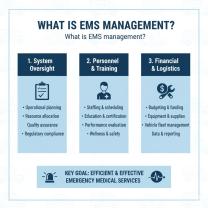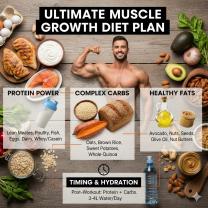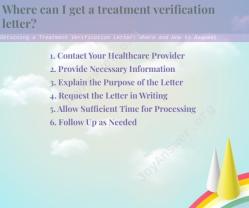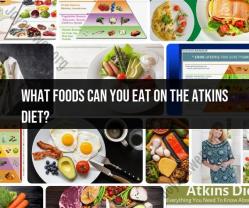What are the foods in the Atkins diet?
The Atkins Diet is a low-carbohydrate eating plan designed to help people lose weight and improve health by reducing carbohydrate intake and emphasizing proteins and fats. The diet is divided into four phases: Induction, Balancing, Fine-Tuning, and Maintenance, with each phase having different guidelines for carbohydrate consumption. Here’s a breakdown of key foods typically consumed in the Atkins Diet:
Phase 1: Induction (Very Low Carb)
During the Induction phase, carbohydrate intake is limited to 20 grams per day, primarily from vegetables. This phase aims to jumpstart weight loss by shifting the body into ketosis, a state where it burns fat for energy.
Allowed Foods:
Proteins:
- Beef, pork, lamb, and other red meats
- Poultry (chicken, turkey, duck)
- Fish and shellfish
- Eggs
Fats and Oils:
- Butter, olive oil, coconut oil, avocado oil
- Mayonnaise
- Full-fat salad dressings (low-carb)
Vegetables (low-carb, high-fiber):
- Leafy greens (lettuce, spinach, kale)
- Cruciferous vegetables (broccoli, cauliflower, Brussels sprouts)
- Zucchini, asparagus, celery, cucumbers
Cheeses (in moderation):
- Cheddar, Gouda, Swiss, mozzarella, and other aged cheeses
Other:
- Avocado
- Olives
- Nuts and seeds (in small quantities)
Phase 2: Balancing (Low Carb)
In this phase, more carbohydrates are gradually introduced, but they remain low enough to continue weight loss.
Additional Foods:
More Vegetables:
- Bell peppers, tomatoes, onions
- Other non-starchy vegetables
Berries (in moderation):
- Strawberries, blueberries, raspberries
Nuts and Seeds:
- Almonds, walnuts, sunflower seeds
Dairy (low-carb):
- Cottage cheese, Greek yogurt (unsweetened)
Phase 3: Pre-Maintenance (Moderate Carb)
This phase prepares for long-term maintenance by gradually increasing carbohydrate intake until weight loss slows.
Additional Foods:
Higher-Carb Vegetables:
- Carrots, sweet potatoes (in moderation)
Fruits:
- Apples, pears, melon (in moderation)
Whole Grains (limited):
- Quinoa, oats, brown rice (in very small quantities)
Phase 4: Lifetime Maintenance (Controlled Carb)
This final phase aims to maintain weight by determining the right level of carbohydrate intake that does not cause weight gain.
Continued Foods:
- Balanced Carbohydrate Intake:
- Continued inclusion of the foods from previous phases
- Occasional treats (high-carb foods) can be included as long as they don't lead to weight gain
General Foods to Avoid
Sugary Foods:
- Sweets, candies, soft drinks, fruit juices
Starchy Foods:
- Bread, pasta, rice, potatoes, corn
Processed Foods:
- Processed snacks, chips, packaged baked goods
High-Carb Fruits:
- Bananas, grapes, mangoes
The Atkins Diet emphasizes whole, unprocessed foods while minimizing sugar and refined carbohydrates. It encourages high protein and fat consumption, with controlled and gradually increasing intake of carbohydrates to support weight loss and maintenance.
What specific foods are included in the recommended diet for the Atkins plan?
The Atkins diet emphasizes foods low in carbohydrates and high in protein and fat. Here are some of the recommended foods for each phase of the Atkins plan:
Atkins Induction Phase (Phase 1):
- Meat, poultry, and fish: Beef, pork, lamb, chicken, turkey, salmon, trout, sardines, etc.
- Eggs: Whole eggs are recommended.
- Low-carb vegetables: Leafy greens (spinach, kale), broccoli, asparagus, cauliflower, etc.
- Healthy fats: Avocados, nuts (almonds, walnuts, macadamia nuts), seeds (chia seeds, flax seeds), olive oil.
Atkins Advantage Phase (Phase 2):
- In addition to the foods in Phase 1, you can gradually introduce:
- Low-glycemic fruits: Berries (raspberries, strawberries, blackberries)
- Small amounts of low-carb dairy: Cheese, heavy cream
Atkins Ongoing Weight Loss (Phase 3):
- You can slowly reintroduce more variety of carbohydrates back into your diet, while still prioritizing low-carb options. This may include:
- Whole grains: Brown rice, quinoa
- Starchy vegetables: Butternut squash, sweet potato (in moderation)
- Legumes: In limited quantities (due to higher carb content)
Atkins Maintenance (Phase 4):
- This phase focuses on maintaining a healthy lifestyle and weight. You can continue to enjoy a variety of foods while keeping an eye on your carb intake to avoid weight regain.
Atkins also discourages:
- Sugary drinks: Soda, juice, sweetened coffee drinks
- Grains: Bread, pasta, cereals (most are high in carbs)
- Starchy vegetables: Potatoes, corn, peas
- Legumes: Beans, lentils (high in carbs)
- High-sugar fruits: Bananas, grapes, mangoes, etc.
- Unhealthy fats: Processed vegetable oils, fried foods
It's important to note that the Atkins diet can be restrictive, and it's always best to consult with a doctor or licensed dietician before starting any new diet plan.
